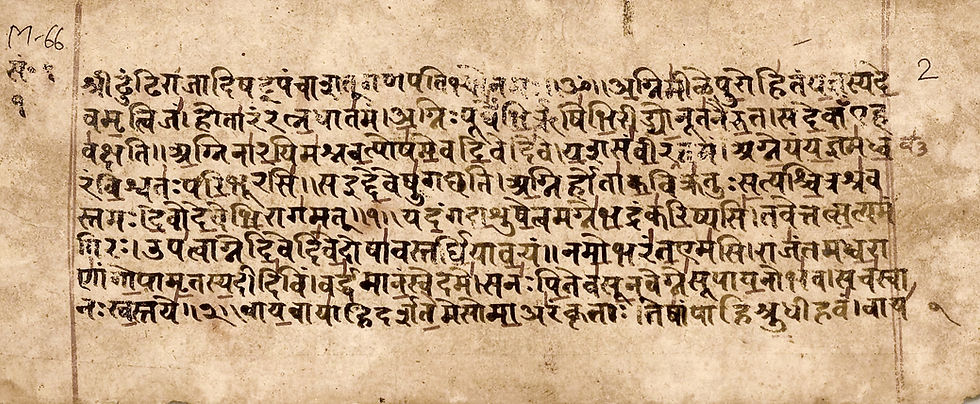9. Mass Transfer of Soft Power
- Kerry Paul

- Apr 28
- 2 min read
Updated: Jun 11
I recently visited India to explore how this country evolved and what drives it today. In the 1450 years from about 250 BC to 1200 AD (called The Common Period), Indian religion, trade, science, technology, mathematics, and culture had a profound impact across the world from the Red Sea to the Pacific. Notably, the strength of India’s ideas was key to spreading Indian influence—not through the power of its sword!

Indian Soft Power
India’s contribution to the world’s science, technology, mathematics, and culture began with the writing of the Rig Veda 3500 years ago, followed by the further Vedas. The Vedas, meaning “knowledge,” are the oldest texts of Hinduism. They are derived from the ancient Indo-Aryan culture of the Indian Subcontinent and began as an oral tradition that was passed down through generations before finally being written in Vedic Sanskrit between 3500 and 2500 years ago. The Aryans had migrated into North-west India around 4000 years ago, bringing with them Sanskrit as an oral language. Around 3500 years ago, Sanskrit was reinvented as a literary and political language.

Vedic learning covers logic, grammar, philosophy, medicine, metaphysics, divination, mathematics, Sanskrit, astronomy, literature, and magic.
Mass Transfer of Soft Power
During the period 2250 to 800 years ago, India exported the Sanskrit-written Vedas from Afghanistan to South-East Asia. Every region customized Sanskrit to blend with its existing languages. The transfer included more than just the Sanskrit language—it also carried religion, technology, astronomy, mathematics, medicine, mythology, literature, textiles, art, music, and dance.
The knowledge was carried by merchants, astronomers, and astrologers, scientists and mathematicians, doctors and sculptors, as well as monks and missionaries of various Indian religions.
In matters of science, astronomy, and mathematics, the Indian transfer spread to the Arab world and Mediterranean Europe. Indian geographical understanding, including the concept of the Earth's rotation and the positioning of the prime meridian, influenced Arab cartography.







Comments